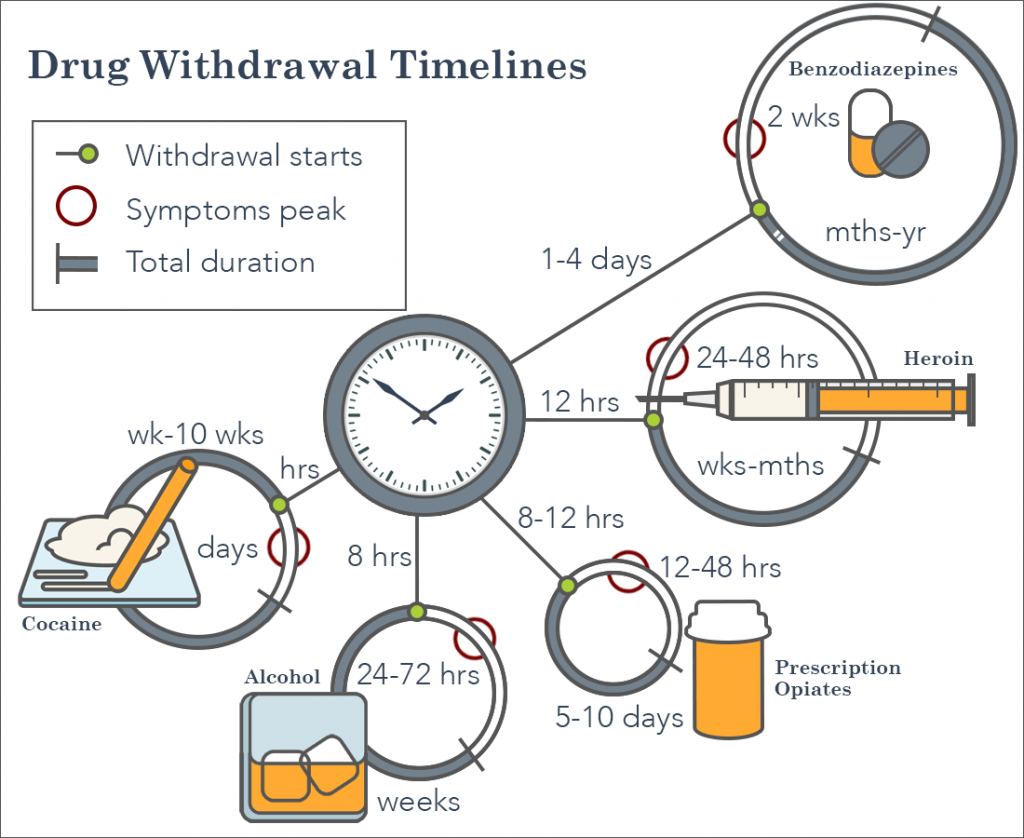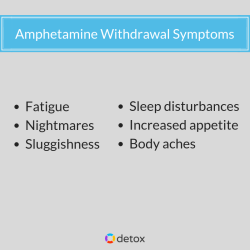

If you are able to confirm that your loved one has a legitimate prescription but their symptoms still cause you concern, you may want to encourage them to revisit their dosage or diagnosis with their doctor(s). A person who starts treatment for ADHD may very well exhibit significant behavioral changes, but those changes should only bring them up to a normal level of activity, not make them seem manic or high. If your loved one says that they are taking amphetamines to treat ADHD as prescribed by their doctor, think critically about their claims.
Overconfidence acting like they are “bulletproof”. Disregard for safety, participating in more dangerous activities than usual. Spending more money making major purchases on a whim. Increases in impulsivity and risk-taking. Seeing or hearing things that aren’t there (hallucinations). Chronic users may experience PAWS effects that can last up to a year. When withdrawal effects last longer than two weeks, they are considered protracted or post-acute withdrawal symptoms (PAWS). Be sure to seek long-term counseling and care to ensure your continued success in recovery. However, your journey to recovery is just beginning. The drugs are no longer in your system, which means your detox is complete. In addition, certain foods, herbal supplements, and staying active during the daytime hours can help you get better sleep at night.Īt this point, you’ve nearly made it a month without amphetamines and you’re likely feeling almost “normal” again. If you’re working with an amphetamine detox center, you may be given medication to help you sleep at night. Many recovering amphetamine abusers begin to experience worsened insomnia during this stage of recovery. Although you may still feel tired, headaches and general irritability are likely gone by now. Cravings are lessening with each day you remain clean, and the worst symptoms of amphetamine withdrawal are passed. Towards the end of your first whole week without amphetamines, you will begin to feel much better. These symptoms will also lighten up as you progress through the withdrawal process. Depression and irritability are expected during the first few days. This period is short, and the cravings will start to dissipate in a few more days if you remain strong. To help you better understand the withdrawal process, we’ve compiled the following timeline of amphetamine withdrawal symptoms that most amphetamine abusers find themselves struggling with when they enter detox:ĭuring this time cravings are strong and the desire to “feel better” is often enough to make you change your course of action. However, support can help you get through this challenging period of early recovery. During this time, relapse is most likely to happen. Within the first 1-3 days following the last dose of any amphetamine, side effects such as headaches and dizziness are likely to occur. Those who choose the first step toward recovery and healing find themselves in the early stages of amphetamine withdrawal rather quickly. Slowed motor skills and impaired coordinationĪmphetamine withdrawal is typically mostly psychological, with mood, thinking, and sleep disturbances, along with difficult cravings, being the most intense symptoms. 
The person initially experiences a “crash” that lasts 1-2 days and then experiences a long period of withdrawal that can last anywhere from five days to several weeks. In a worst-case scenario, they negatively impact a person’s mental health to the point of leaving them suicidal or profoundly depressed. This is called amphetamine withdrawal syndrome, and it can be challenging to get through without support.Īmphetamine withdrawal effects include depression, fatigue, irritability, anxiety, trouble concentrating, and increased appetite. When a person has been using amphetamines for a long period of time or at high doses, they are likely to experience psychological and physiological signs and symptoms if they drastically reduce their dose or abruptly quit taking the drug.

This is because the brain becomes reliant on substance use for the presence of amphetamines to function correctly. The use of amphetamines, legally or illegally, can lead to physiological and neurological changes. They include drugs such as Adderall and methamphetamine or “ crystal meth.” Amphetamines are central nervous system (CNS) stimulants that are obtained either through a legal prescription from a healthcare provider or illegally on the street.







 0 kommentar(er)
0 kommentar(er)
